TNR stands for Trap, Neuter, and Release.
These three words describe the recommended protocol for managing a colony of feral cats. Let us walk you through the ABCs of TNR in this special article.
The more you know about feral cats, the better you can help them and advocate for their welfare.
Feral cats are not wild animals. They are domesticated cats, biologically identical to pet cats raised at home.
Feral cats are cats no longer habituated to people, having been born and raised with little or no contact with humans.
Depending on age, temperament, and other factors, some feral cats can be socialized and become adoptable once again.
However, with some help from kind caregivers, they can also live outside in relative comfort, staying feral for life.
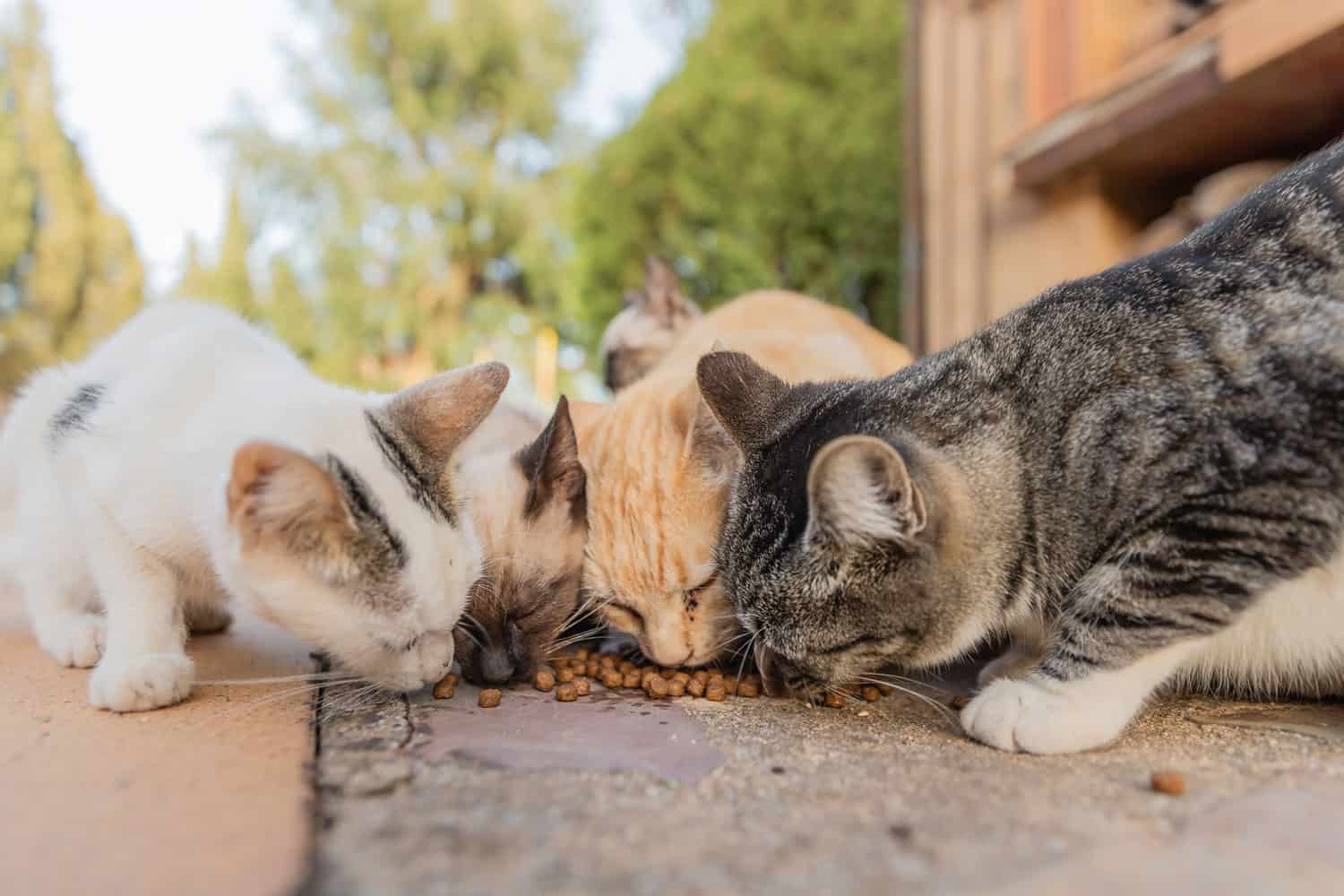
Feral cats tend to form colonies around food sources. Kind people, feeding these cats in need, and providing water and shelter, soon find themselves with a group of grateful felines around them.
In other places, these cats grow in numbers next to food sources such as restaurants or coffee shops and anywhere where humans leave behind scraps of food.
Whether purposefully fed or not, feral cat colonies need to be managed, or they create problems.
Neighbors soon complain about loud mating activities, catfights, unsightly sick and injured cats and kittens, health hazards to pet cats, and hunting of local birds.
Managing the colony by means of neutering and providing medical care to the cats is the only humane way of controlling the size of the population while at the same time reducing the negative effects on the environment.
Neutered cats don't fight as much, don't howl when in heat, are healthier, and, most importantly, they stop breeding.
The rule is simple—if you feed feral cats, you need to TNR.
The T, the N, and the R: How TNR Works
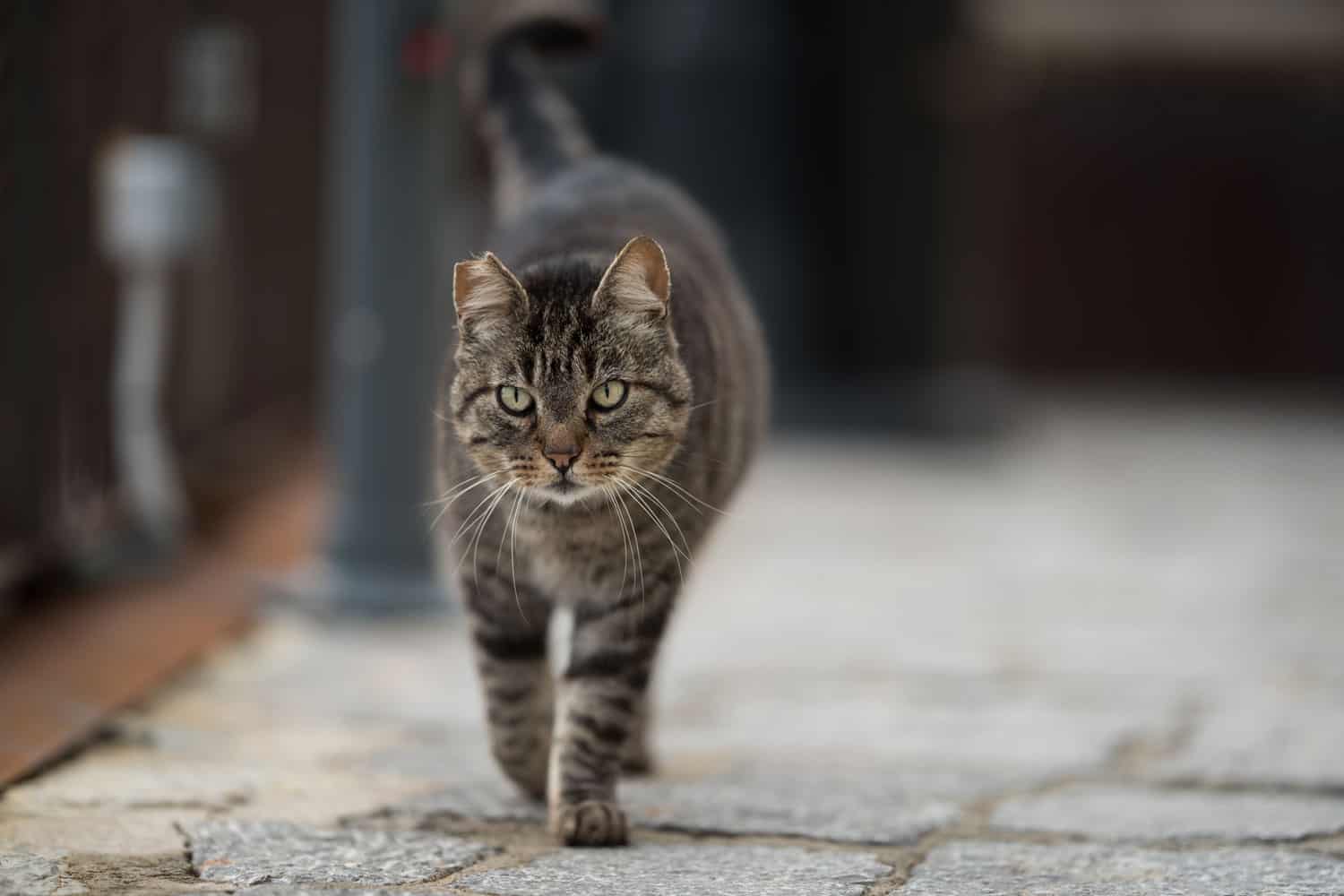
TNR has been practiced for several decades now, and there are established protocols to be followed. If you are considering managing a feral cat colony using TNR, you should get in touch with TNR experts, who will guide you through the many technical details of carrying out this ongoing operation.
This article is meant only as an overview.
Remember, there are experts out there who will gladly help you fine-tune a TNR program and make it suit your situation.
Links to these sites are available towards the end of this article.
1. Trap
You should never try to grab a feral cat and place her in a carrier in the way you would with your pet cat.
Even friendly ferals can stress to the point of attacking their benefactor, and you're likely to end with severe scratches and bites, often leading to the cat being quarantined or, more likely, put down by Animal Control.
The only way to get a feral cat to the operation table is by using humane traps.
Humane traps are, in effect, large elongated cages with trap doors.
Food is placed inside the trap, and as the cat reaches the food, it triggers the trap door, which then closes quickly yet without making a loud noise.
Traps are not left unattended. Once a cat is trapped, the trap is covered to help keep the cat calm, secured, and transferred to a veterinary clinic.
2. Neuter
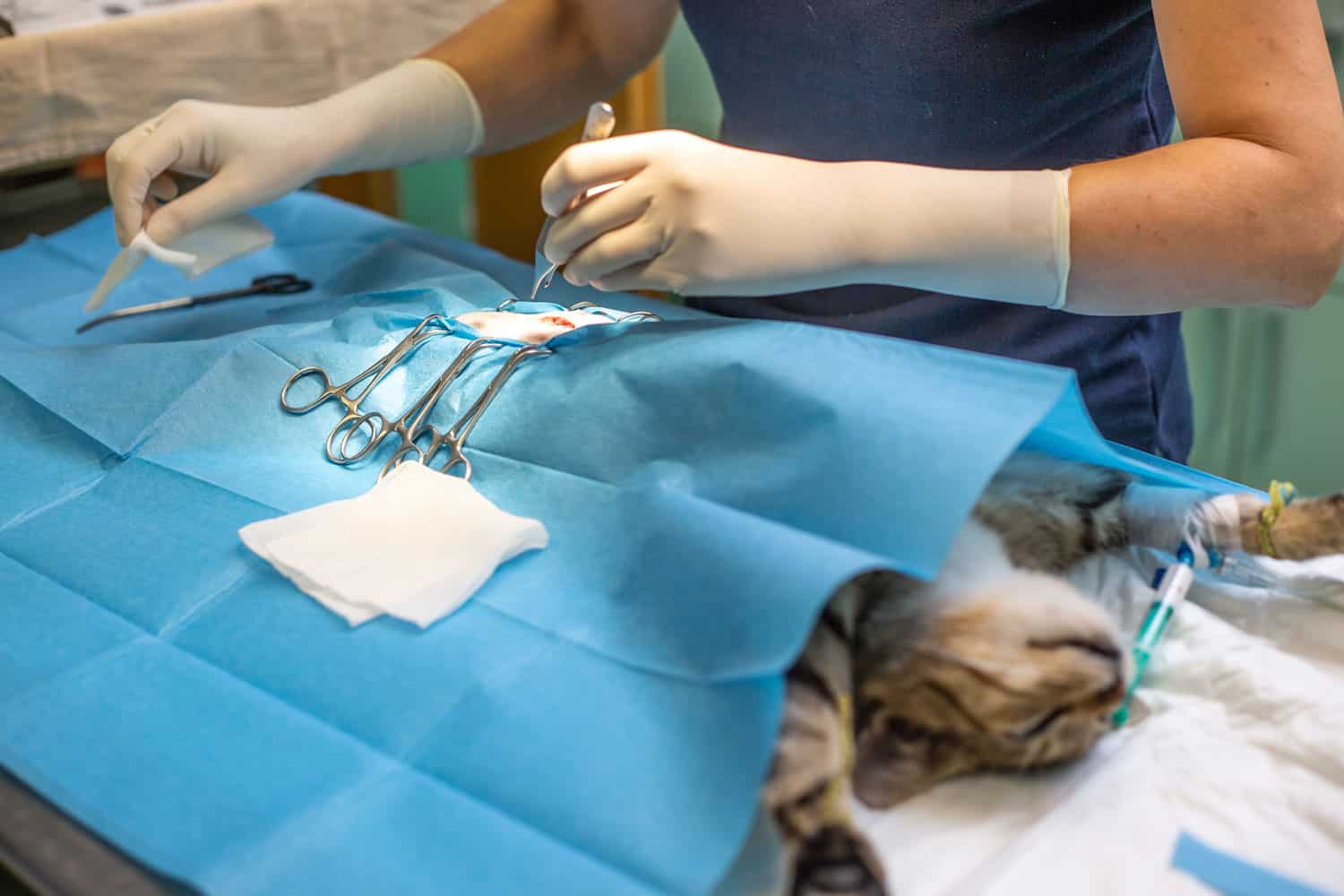
Once at the clinic, an experienced vet will use a trap divider to get the cat into a corner of the cage, where it can be safely sedated without being taken out of the trap.
Once the anesthesia is working, the vet will assess the cat's medical condition, and healthy cats will undergo neutering.
Additional veterinary procedures may be implemented at this stage. Many TNR programs include rabies shots. Some include additional vaccinations, de-worming, and de-fleaing.
Neutered cats are then marked by clipping the tip of the left ear.
This is a relatively painless procedure, done while the cat is still under anesthesia.
There is no risk involved, and it means the cat is easily identified as a neutered cat for the remainder of its life by any future caregivers, animal control workers, or anyone coming in contact with the cat.
After the surgery, the cat is returned to its trap. The cats need to spend the next 24 hours inside the trap and indoors. This is to keep them where they can be safe and in a temperature-controlled environment.
They should be disturbed as little as possible, but caregivers should keep an eye out for possible post-op complications.
Feral cats should remain in the trap for the duration of their recovery to ensure their safety and the safety of their caregiver.
3. Return
The following day, cats that show no sign of complications and have fully recovered from the anesthesia are taken back to the location of trapping.
They are released there by the caregiver opening the trap door and walking away from it.
Once the trap is empty, it's taken to be cleaned and disinfected before being put to use again to trap another cat.
The R used to stand for "Release." But, we now know that feral cats need to be returned to their original habitat and should never be released into unfamiliar territory.
Is TNR effective?
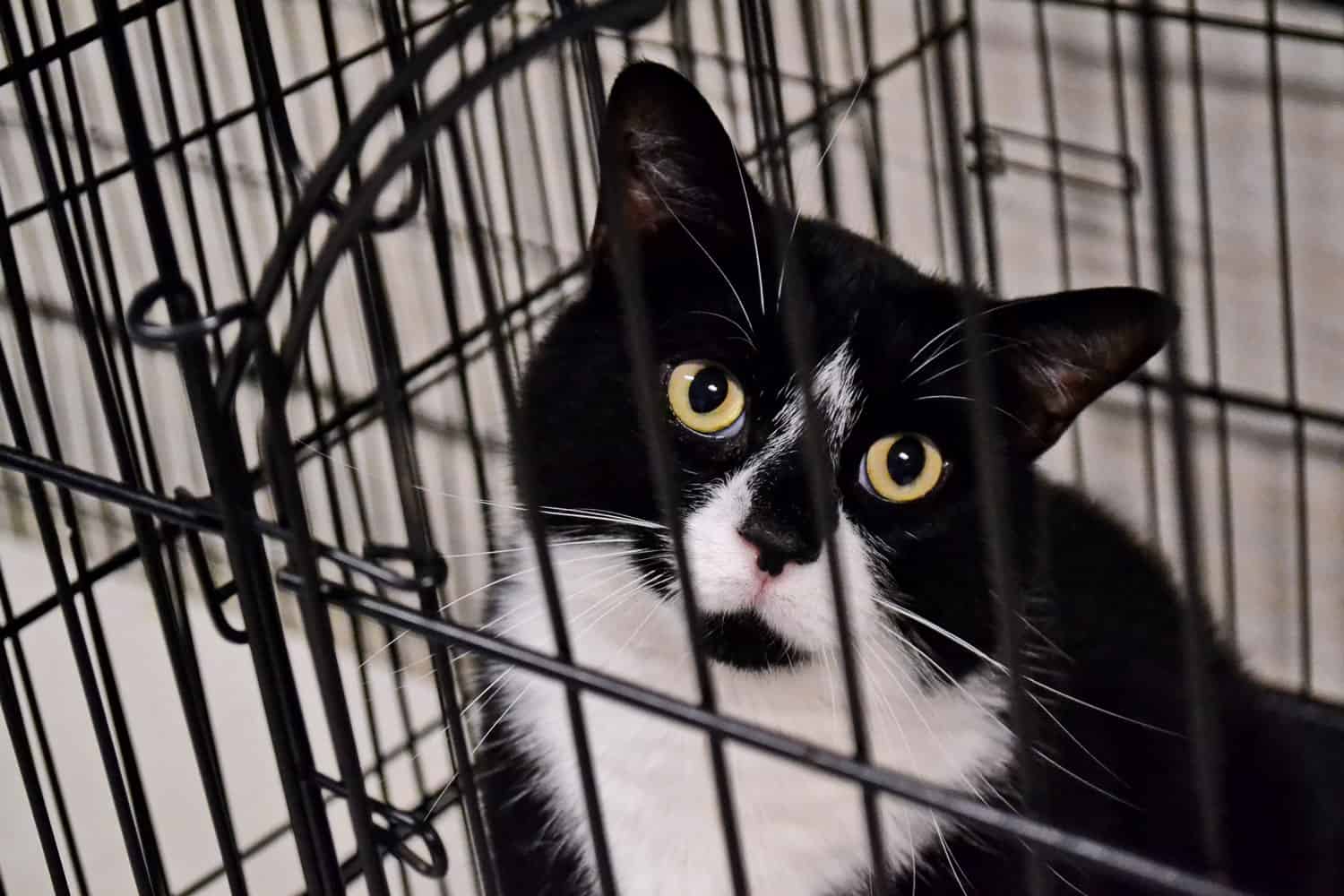
The TNR debate is a lively one. Critics question the costs involved and the effectiveness of this method.
Over the past decades, several studies have indicated that TNR is, in fact, an effective solution to controlling the feral cat population.
What's more, it is the only humane solution. Also, it addresses all of the concerns arising from the presence of feral cats.
The alternatives to TNR, removing or killing the cats, are not only extremely cruel but also largely ineffective or require constant investment to keep the area clear of cats.
New feral cats will soon take over the food sources, and the problem starts afresh. You don't have to be a cat lover to realize that the cost-effective long-term solution is TNR.
Yet, to be effective, TNR has to be done right and maintained throughout the years.
Organizations specializing in TNR, such as Alley Cat Allies, have created specific protocols covering every aspect of TNR.
If you take care of a colony of feral cats or wish to help a colony in your area, you should get in touch with Alley Cat Allies for guidance and support.
Education is Key
Go beyond the ABCs of TNR and learn as much as you can before you embark on a TNR project.
If you can, get a mentor, even an online one, to guide you through your first TNR operations.
Our Feral Cats forum is a great place for getting more information and support in your feral cat care efforts.
Read more about feral cat care:
10 Facts You Should Know About Feral Cats
How To Help Feral Cats Stay Safe & Warm During Winter
9 Practical Ways For You To Help Feral Cats
A Feral Cat Or A Stray Cat? How To Tell The Difference
Please help us get the word about proper care for feral cats by sharing this article with your cat-loving friends!
Comments? Please use the comment form below to bring them to this page. Questions? Please use our forums to post your questions and get answers from fellow cat lovers.
Note: We may get commissions for purchases made through links on this page.

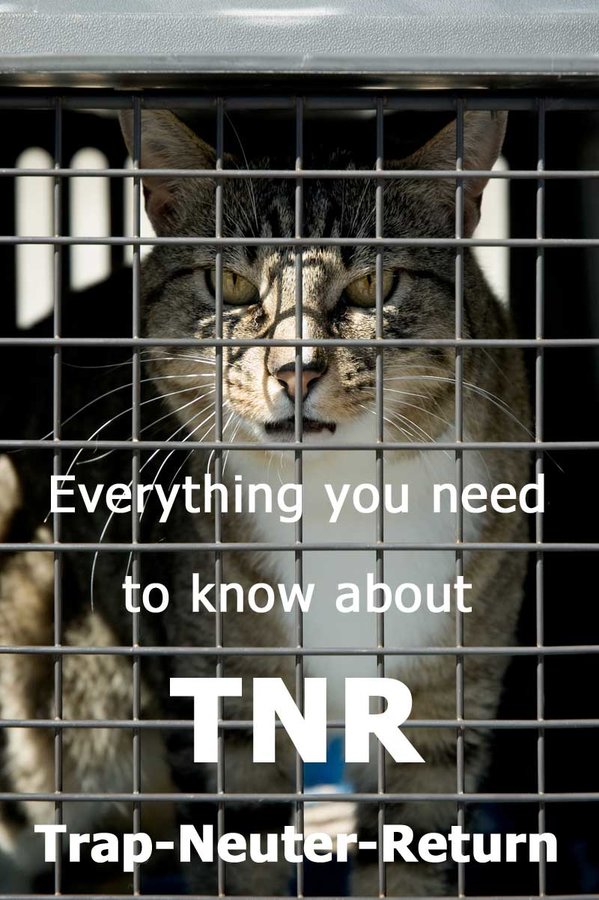

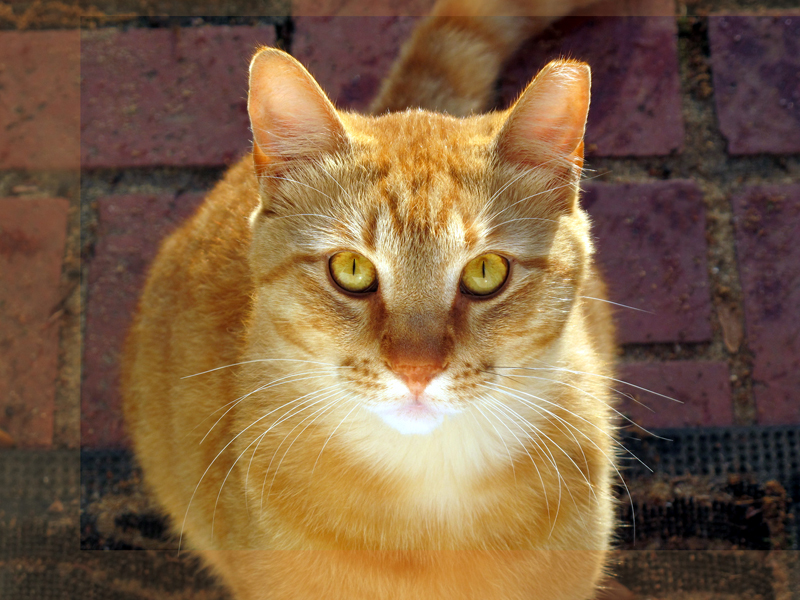
 (1).jpg)
3 comments on “Everything You Need To Know About TNR (trap-neuter-release)”